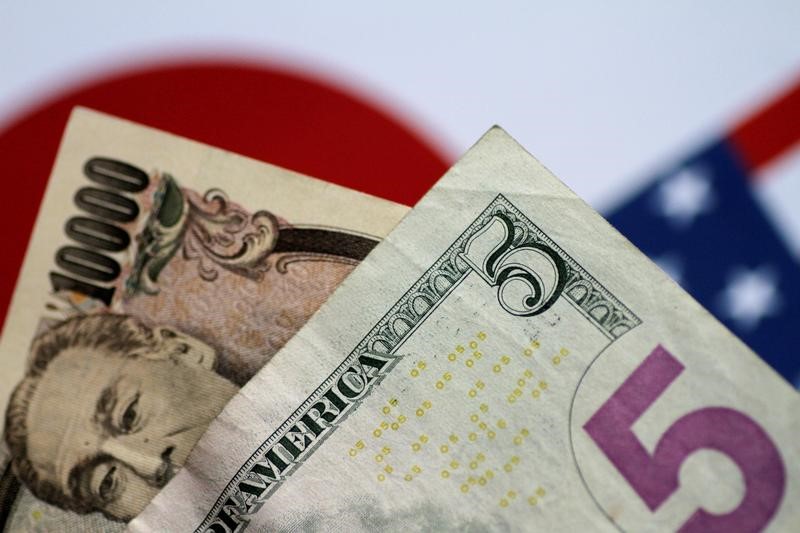
The Japanese yen was among the biggest beneficiaries of this trade, with increased safe haven demand after the debate putting the yen at its strongest level since early-January. The yen also benefited from somewhat hawkish-leaning comments from Bank of Japan officials.
Broader Asian currencies advanced on Wednesday, seeing some relief from a softer dollar. But regional markets were still nursing steep losses over the past week amid waning risk appetite.
The dollar index and dollar index futures both fell about 0.2% in Asian trade, with losses in the greenback coming in the wake of a fiery presidential debate between Kamala Harris and Donald Trump.
The debate furthered expectations for a hotly contested 2024 presidential race, which could present a major point of uncertainty for markets, given the contrasting views on policy pushed by both candidates. Harris and Trump both veered from the presented topics to engage in personal attacks against each other.
The dollar was also on the backfoot ahead of key consumer price index inflation data due later in the day, which is widely expected to provide more cues on interest rates.
The reading comes just a week before a Federal Reserve meeting, where investors expect the central bank to cut rates by at least 25 basis points.
The yen was the best performer in Asia, with the USDJPY pair falling 0.8% to 141.38 yen- its lowest level since early-January.
The currency benefited from some safe haven plays, as uncertainty over the U.S. election ramped up after Tuesday’s debate.
But a main point of support for the yen was hawkish comments from BOJ member Junko Nakagawa, who said that the central bank will continue to raise interest rates if inflation moves in line with its forecast.
Nakagawa’s comments come following a slew of hawkish signals from the BOJ, and were also made just a week before a BOJ meeting. Investors are uncertain over another rate hike by the central bank, following a 15 basis point raise in late-July.
Broader Asian currencies advanced, albeit slightly, as focus turned to the upcoming U.S. CPI reading.
The Chinese yuan’s USDCNY pair fell 0.1%, but the yuan remained on the backfoot as U.S. policymakers proposed several more trade restrictions against Beijing.
The South Korean won’s USDKRW pair fell 0.3%, while the Singapore dollar’s USDSGD pair shed 0.2%.
The Indian rupee’s USDINR pair steadied near 84 rupees, while the Australian dollar’s AUDUSD pair was flat after sliding from over nine-month highs over the past week.
To read the full article, Click Here

